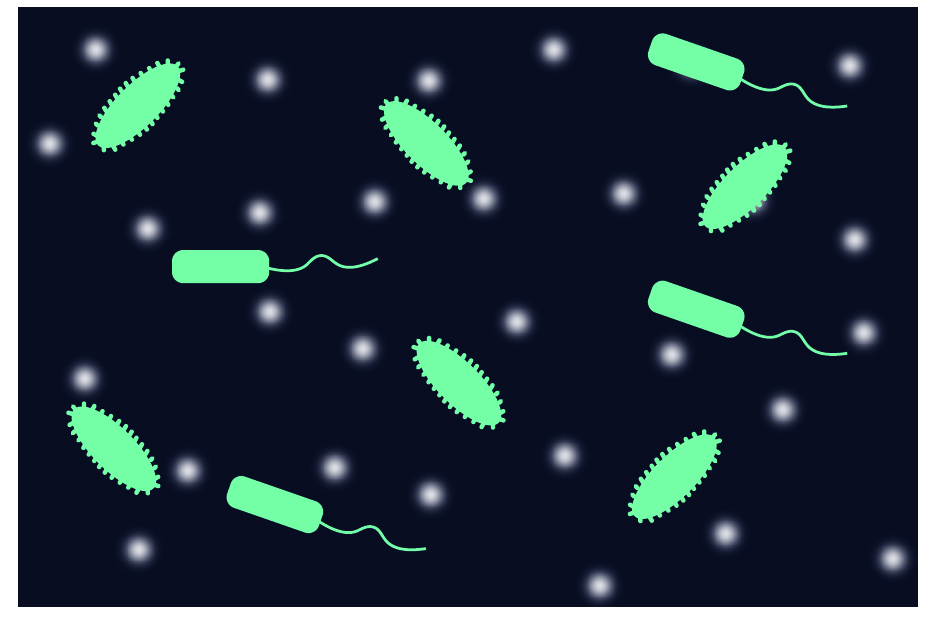
Microbiologists analyzed swabs taken by astronauts, found similar microbes to houses on Earth
Microbiologists from Project MERCCURI, a collaboration between SciStarter, Science Cheerleader and UC Davis, among other groups, sent swabs up to the International Space Station for astronauts to collect samples. The goal to increase public awareness of microbiology and research on the ISS was shared by the NASA scientists that Project MERCCURI teamed up with.
“In general, Project MERCCURI consisted of several parts,” said Dr. Wendy Brown, one of the scientists who conceptualized and designed the study. “We solicited the help of Citizen Scientists to help collect microbe samples from all over the United States. 48 of those microbes were selected, flown to the ISS, and grown in microgravity. Those same 48 microbes were also grown on Earth in Dr. Eisen’s lab.”
The DNA from the samples gave the scientists an idea of the bacterial community present on the ISS. While the scientists found that the ISS has a similar community of microbes to homes and people, there were some species that varied between the habitats.
“We were perhaps a bit surprised that there were so many species on the ISS […] we expected to maybe see fewer types of bacteria since the environment is so enclosed,” said David Coil, a project scientist. “We were not surprised that it looks like homes because in both cases, people are probably the primary source of bacteria in the space.”
Coordinating with the ISS proved to be a challenge, especially considering that the scientists weren’t able to meet the scientists they collaborated with at NASA.
“Crew time is very precious, “ said Dr. Russell Neches of Jonathan Eisen’s laboratory. “Seemingly simple operations, like opening and closing a ziplock bag, must be carefully scheduled. If you watch videos of people on ISS doing things like making lunch, you’ll see that it’s a very slow, tricky process. If you move too quickly, or bump into something, or set something down for a moment, you can send everything zooming and bouncing around the room. It’s very inconvenient! We take it for granted that things stay where we leave them. Many everyday activities, like making lunch, or writing a note on a label, or opening a ziplock bag actually involve myriad steps that all depend on small objects staying pinned to a work surface by gravity.”
Despite the difficulties, the beneficial results from Project MERCURRI reinforced NASA’s understanding of the sources of microorganisms aboard the ISS and the data is currently being evaluated.
“The data from the Project MERCCURI experiment in combination with other NASA research and operational data are being evaluated to determine what other experimental questions should be answered on ISS to help prepare for future spaceflight missions to the moon and Mars,” said Dr. Mark Ott, the lead microbiologist at the Human Health and Performance Directorate at NASA Johnson Space Center. “This knowledge will be used to develop better spacecraft designs and understand the proper microbial control precautions to take for these future missions.”
The data collected from Project MERCCURI creates an understanding of how our environment on Earth correlates with that of space.
“The results from Project MERCCURI experiment represent the type of excellent scientific experimentation and reporting that advance our understanding of spacecraft in a way that benefits both spaceflight programs and our understanding of our environment on Earth,” Ott said.
Written by: Kriti Varghese — science@theaggie.org



